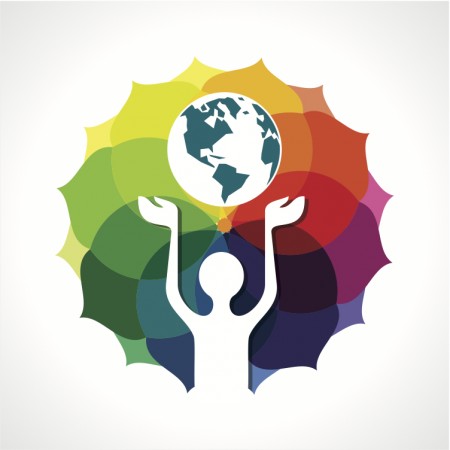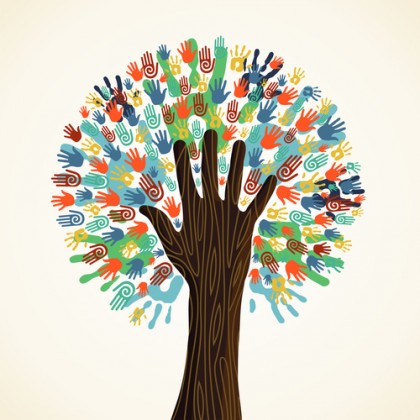02
2015
A New, Old Fear
Since the great recession of 2007-2010, gifts to charities have changed in subtle ways. Not only was there a temporary reduction in overall totals, but the mix has also changed. The interior and shape of the gift pyramid have changed. Donor behavior has changed. There are many bright spots as we emerge from the crisis. We hear many accounts of increases in digital giving, often in small amounts, although in larger numbers. Certain “days” resound with increasing totals, such as the Give to the Max and Giving Tuesday. Crowd-funding may be a new avenue, or a temporary fad. We also…
29
20142015: Ten Nonprofit Trends
The new year will be a better year all around for the nonprofit sector, part of the post 2008-09 recovery. Many variables are in play, as always, with the following ten standing out for special attention in 2015. 1. The Growing Disparity within the Nonprofit Sector Similar to the growing disparity in family household incomes, there is and will continue to be a growing gap between the well-established large nonprofits and the smaller less stable mass. In terms of percentage growth, in terms of income growth, in terms of program growth, the larger organizations are thriving while the others are, in…
06
2014
What Next?
Will all nonprofits-agencies, foundations, associations, support groups, etc.- have to register with the feds as commodity-pool operators if they have endowments or other invested assets? In his Wall Street Journal column, Jason Zweig reports that the Dodd-Frank Act requires Commodities Future Trading Commission registration if an organization that oversees money “for more than one entity-other nonprofits, certain affiliates, or individuals- and invests, even indirectly, in certain financial contracts.” Nonprofits, per se, are not exempted from the provisions of the Act, which is aimed at the causes of a number of financial collapses due to investments in high risk deals including…
22
2014
The New Role – Will Our Sector Lead?
The number of challenges to the nonprofit sector, what I call the civil benefit sector, is increasing at a rather rapid rate. What the economists characterize as the “failures of the market” are under increasing pressures to be something else. At heart, we are the embodiment of the noble American traditions of collective action for the common good. We always cite the neighbors who bring the lumber and the lunch to rebuild the barn. Toqueville recognized a good thing. What we symbolize is the great stream of generosity toward others, of mutual help, of teaching our neighbors “to fish,” rather…
14
2014
Creating a Culture of Philanthropy
Everyone these days appears to be using the concept of a “Culture of Philanthropy” to get the point across that nonprofit organizations rely on resources and relationships for their sustenance, if not their existence. When googled, the concept receives 461,000 entries, seemingly mostly from consulting firms seeking business. The phrase is a great summary of what nonprofits are all about, especially in a procedural way. Substantively, we research, we teach, we feed, we exhibit, we heal, we preach, we tinker—we do many things benefitting civil society. Procedurally, we’re being told that our culture—our beliefs, opinions, values, orientations, relationships, and interactions—needs…
19
2014
What Does the Village Need?
Often, in many contexts, we hear the saying about, “It takes a Village to…” But what does the Village itself need these days to be able to do what it is supposed to do? Ultimately, if the Village is that important, we’d better make investments, positive investments, in any way we can. Conventionally, we look to three sources for this investment in the Village, here and abroad: government, private enterprise and philanthropy. Not one can do the job. It seems that two of the three are becoming quite limited in ability to invest. Government investment in infrastructure is at a…
18
2013The Million Dollar Charitable Gift Givers
A post from James V. Toscano Building on their annual Million Pound Donors Report, the Coutts Institute in Britain, in combination with Indiana University’s Lilly Family School of Philanthropy have issued a report covering million dollar charitable gifts from six geographic regions: the US, UK, Russia, the Middle East, China and Hong Kong. Gifts of one million or more totaled $19 billion in these six areas in 2012. The lion’s share came from the US: $13.96 billion; Britain, £1.35 billion; Russia, $239 million; Middle East, $727 million; China, $1.18 billion; and Hong Kong, $877 million. Estimates go from relatively accurate…
26
2013Philanthropy as Corporate R&D
A Posting by James V. Toscano In the current issue of McKinsey’s Voices on Society, Doug Conant, former CEO of Campbell Soup Company and current chair of the Committee Encouraging Corporate Philanthropy, writes that corporate philanthropy, in addition to helping individuals, “can help reduce business risk, open up new markets, engage employees, build the brand, reduce costs, advance technology and deliver competitive returns.” To Conant, philanthropy is a “discovery phase in investment in a social issue….Much like R&D, philanthropy allows companies to make thoughtful investments in sectors where the return profile is typically more speculative.” In his thinking, philanthropy is…
05
2012
Twive and Receive: National Philanthropy Contest
A post by Dania T. Miwa This Article was originally published on bepollen.com on June 1st. Philanthropy goes Twitter on June 14. In cities across the country, bloggers and other social media influencers have each picked one local cause to support. These champions are now rallying their followers on Twitter, Facebook, and their blogs to donate as much as possible to their chosen local charity on June 14 in the hopes of securing an additional cash award during the Twitter-based fundraising contest called “Twive and Receive” (like Twitter and give combined). At 12:00 a.m.Pacific Time on June 14, the 24…
20
2012
Why I’m going to Twive & Receive on June 14th
Post by Dania Toscano Miwa This year on June 14th I’m participating in Twive and Receive which is one day where over 100 cities mobilize their donors to give to a single nonprofit in their community. I have chosen the Animal Humane Society of the Twin Cities. I chose AHS because every dog and cat I’ve ever had growing up came from there. For example, Samson was a German Shepard who was rejected by the police academy for being too nice. He was the smartest dog I’ve ever known and his favorite treats were peanuts. Venus is the Siamese mix…
